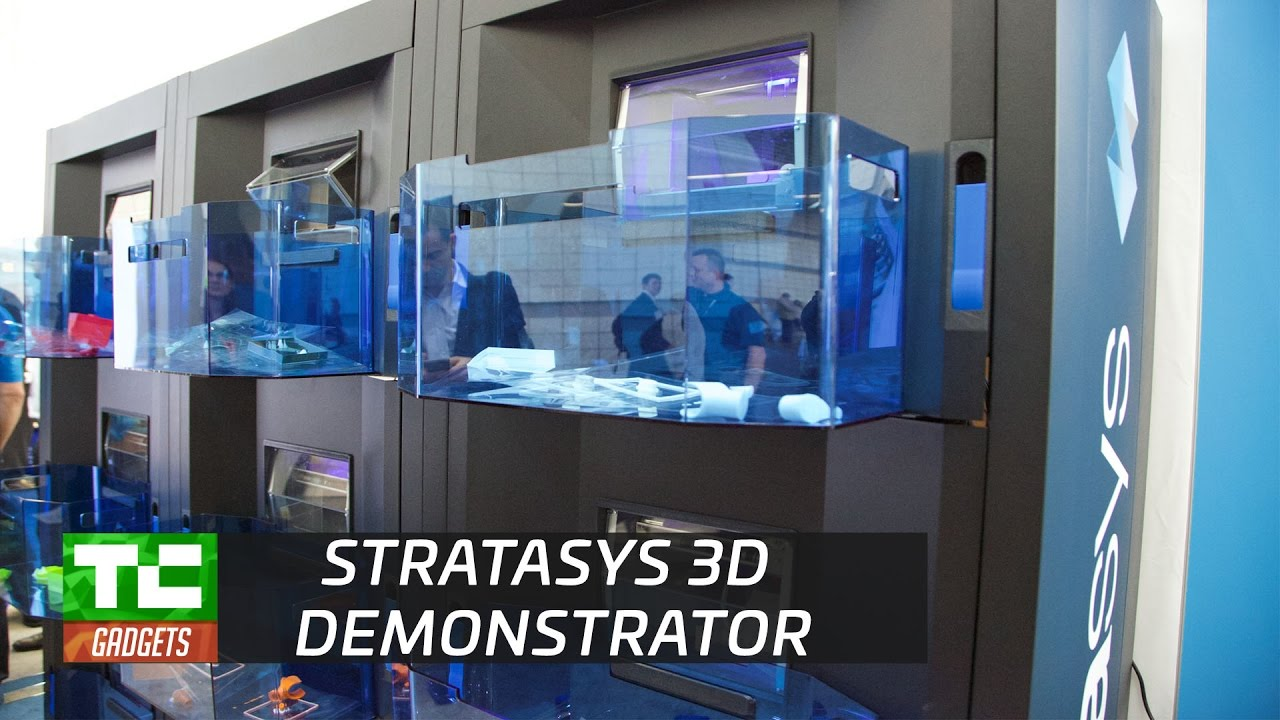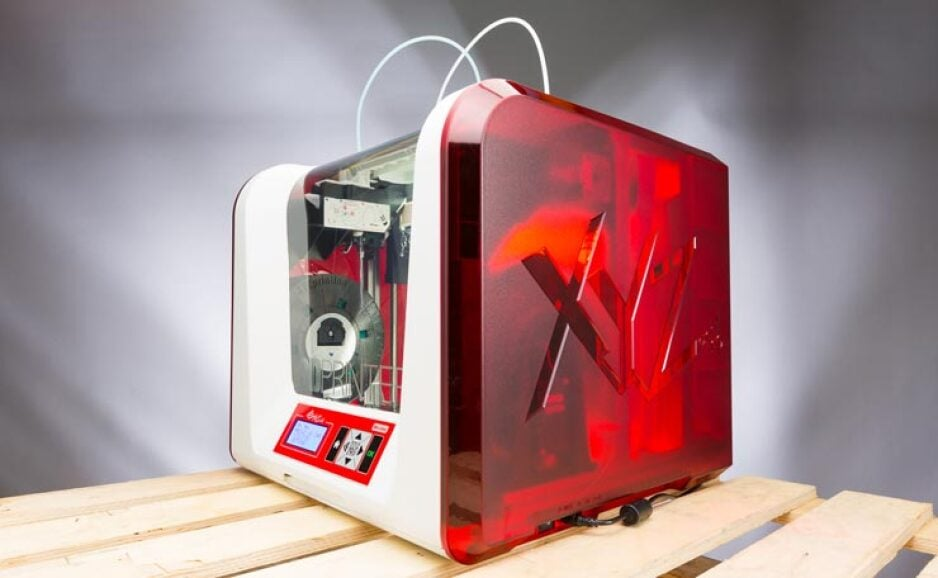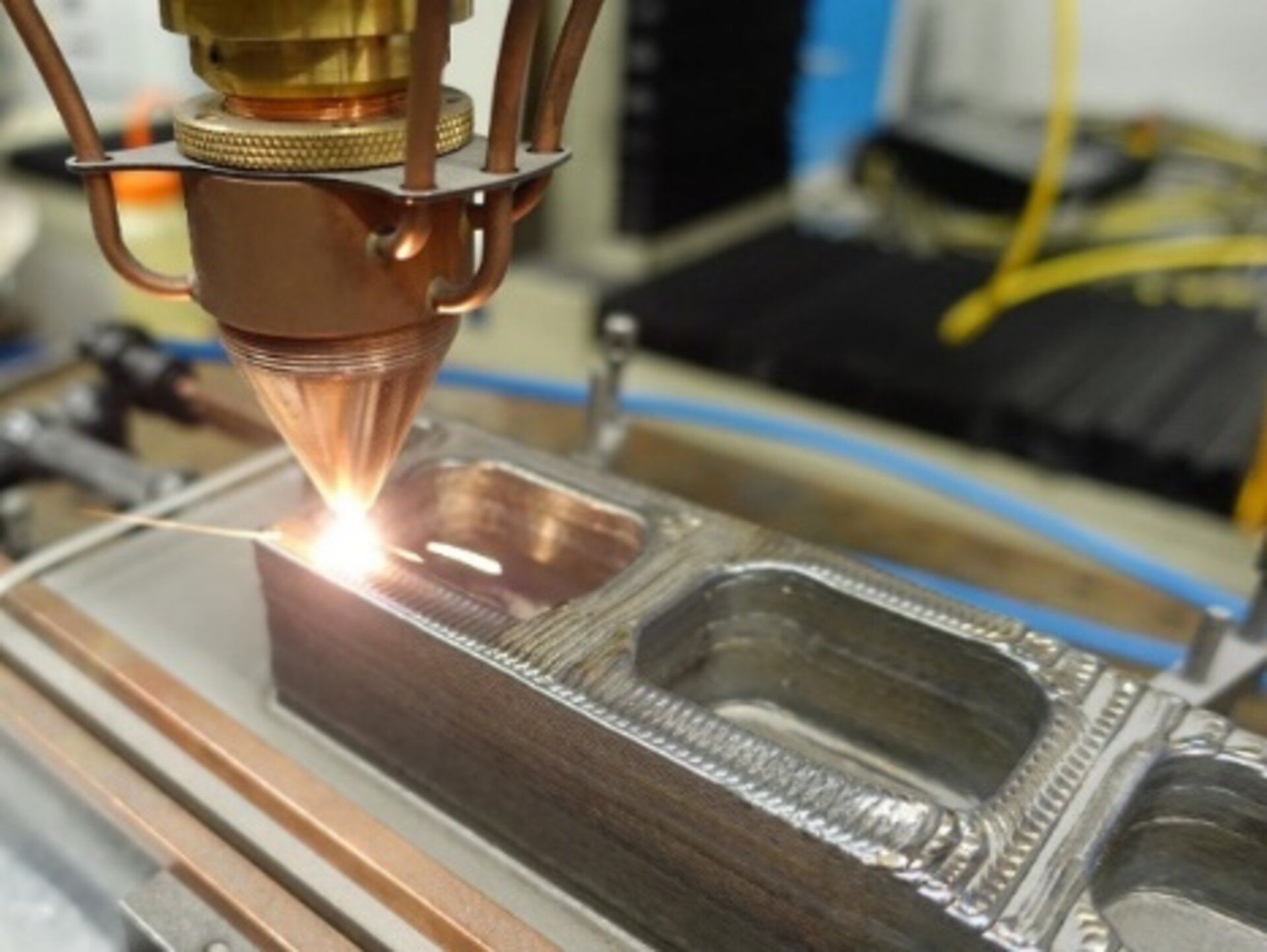3D printing is revolutionizing the way we create and interact with objects in our world, transforming dreams into tangible realities. This innovative technology allows individuals to transfer their imaginations into 3D designs, effortlessly constructing them using a specialized 3D printer. The emergence of user-friendly devices like the Obsidian 3D printer makes this advanced manufacturing accessible to everyone, opening up a realm of creative possibilities. With integrations from Apple AR and ARKit, users can design their models in augmented reality, enhancing the experience of 3D design tools. As we explore the capabilities of 3D printing, it becomes clear that it is not just a trend—it’s a game-changer reshaping our creative future.
The world of additive manufacturing offers a plethora of opportunities as it pushes the boundaries of conventional design and production processes. With sophisticated devices being developed, such as the Obsidian 3D printer, aspiring creators can finally merge their digital concepts with physical outputs. In this context, augmented reality technologies like ARKit and Apple’s AR innovations play a pivotal role, providing intuitive environments for users to draft intricate models. These advancements in 3D design methodologies invite contributors from all walks of life to engage with the process, fostering a culture of innovation. Ultimately, as the accessibility of these cutting-edge tools increases, we can expect an explosion of creativity that will redefine how we perceive and produce everyday items.
The Evolution of 3D Printing Technology
3D printing technology has progressed significantly over the past decade, transforming from a niche hobbyist activity into a robust industry poised for mainstream adoption. This rapid evolution has been fueled by advancements in materials, printing techniques, and accessibility of 3D printers. With innovations like the Obsidian 3D printer emerging, users no longer need extensive technical expertise or a deep wallet to bring their ideas to life. The integration of user-friendly design with powerful 3D printing capabilities caters to a broader audience, making 3D printing an appealing option for everyday consumers.
Moreover, the convergence of augmented reality (AR) and 3D printing signifies a promising frontier in design and manufacturing. As AR tools become more sophisticated, facilitated by platforms like Apple’s ARKit, creators can visualize their designs in real-world environments before they even hit the printing stage. The ability to manipulate virtual objects in AR enhances the design process, allowing for a more intuitive and efficient creation of 3D models that are easily translated to 3D printers.
Obsidian 3D Printer: Pioneering User-Centric Design
The Obsidian 3D printer has emerged as a game changer in the realm of accessible 3D printing. By prioritizing user experience and affordability, Obsidian aims to demystify the complexities often associated with traditional 3D printers. The involvement of tech veterans like Michael Husmann often tells us that lessons from the compute industry are being applied to create a product that feels intuitive to use. Making 3D printing accessible to the average consumer not only opens new creative avenues but also encourages innovation in various fields, including education and small business prototyping.
Furthermore, the strategic focus on compatibility with Apple devices is particularly noteworthy. Users are increasingly looking for seamless integration of tools in their creative processes. By aligning with Apple’s ecosystem, Obsidian positions itself as a useful tool for Apple users wishing to explore 3D design and printing. This synergy not only enhances the user experience but also lays the groundwork for the integration of advanced 3D design tools within an already familiar digital environment.
The Role of AR in 3D Design and Printing
The integration of AR technologies, such as ARKit by Apple, has revolutionized how designers approach 3D modeling. Designers can now leverage AR to visualize their 3D objects in real-time, facilitating a more interactive and immersive creative process. This capability allows for a greater focus on fine details and accurate measurements, ultimately leading to improved designs that can be directly transferred to 3D printers like Obsidian.
Moreover, as AR capabilities improve, we can anticipate new forms of interactive design that blend physical and digital environments. Thanks to AR, users can test out their designs and receive immediate feedback, which can significantly reduce the iterations usually necessary before printing. This groundbreaking synergy will likely reshape industries including gaming, education, and architecture as more professionals adopt these innovative design tools.
Accessibility and Affordability in 3D Printing
One of the most significant advancements in the 3D printing sphere is the emphasis on accessibility and affordability. Projects like the Obsidian 3D printer are pushing the boundary by offering sophisticated technology at a price point that invites entry-level users. With a target price under $100, the initiative embodies a shift towards democratizing 3D printing, allowing hobbyists, educators, and small entrepreneurs to explore their creative potential without breaking the bank.
Additionally, as libraries and community centers start to integrate 3D printing into their offerings, we are witnessing the dissemination of resources that empower individuals to innovate. People can familiarize themselves with 3D design tools and printing techniques in a supportive environment, which encourages not only learning but also experimentation. This grassroots movement reinforces the idea that groundbreaking creativity does not need to be confined to big companies or wealthy individuals.
Bridging Imagination and Reality with 3D Printing
At the heart of 3D printing lies the unique ability to turn imagination into tangible reality. Features such as those found in the Obsidian 3D printer combine design freedom with the practical necessary tools for creation. The integration of advanced technologies holds the promise that users can begin to make everything from complex prototypes to everyday household items, fundamentally redefining product development and creativity.
Moreover, as industries experiment with 3D printing capabilities, the impact can ripple through to sectors like manufacturing and aerospace, where creating complex, custom parts can lead to significant cost savings and efficiency improvements. The fun part is that with adequate tools and a little imagination, we might soon see common household items, once purchased at retail, created straight from our designs.
The Future of 3D Printing in Everyday Life
As 3D printing technology continues to evolve, we can expect to see its integration into everyday life deepen. The potential for creating customized objects on-demand—whether for personal use or small-scale manufacturing—fosters a shift towards a more self-sufficient model of consumption. Imagine needing a replacement part for a household appliance and simply printing it out with your own 3D printer, instead of making a trip to the store.
Additionally, initiatives like Obsidian are paving the way for a future where 3D printers are not just seen in specialized environments like maker spaces, but are accessible to the average household. As awareness and understanding of 3D printing grow, coupled with user-friendly technology, we will undoubtedly witness a transformation in how we design, customize, and procure everyday items.
The Impact of User-Friendly 3D Design Tools
User-friendly 3D design tools are critical for broadening the appeal of 3D printing to users unfamiliar with traditional CAD applications. By simplifying the design process, makers can quickly create and modify models, making 3D printing a more welcoming experience. Obsidian’s emphasis on ease of use directly addresses the barriers that have historically limited participation in 3D printing.
As these tools become more intuitive, we can expect a significant increase in the number and diversity of creators engaging with 3D printing technology. With platforms compatible with ARKit, the merging of AR and 3D design tools is not merely an enhancement; it is an invitation for a new generation of artists and engineers to innovate in this dynamic space.
Harnessing 3D Printing for Educational Purposes
3D printing has enormous potential to revolutionize education by providing hands-on learning experiences. In classrooms, students can benefit from using 3D printers to visualize complex concepts, whether they’re learning about geometry, biology, or engineering. The advent of accessible, user-friendly printers like the Obsidian makes it even easier for teachers to incorporate 3D printing into their curriculum.
Moreover, when paired with AR technologies, these educational tools become incredibly powerful. Imagine students being able to interact with 3D models of historical artifacts in AR and then print replicas using their school’s 3D printer. This not only enhances engagement but also facilitates a deeper understanding of the subject matter, catering to various learning styles and fostering creativity.
The Role of Collaboration in Advancing 3D Printing
Collaboration among tech companies, designers, and educators will be vital in propelling 3D printing into new territories. By promoting shared resources and ideas, the industry can harness collective knowledge to improve technology and create innovative solutions. As seen with Obsidian, collaboration also means listening to user feedback, ensuring that products meet the evolving needs of a diverse audience.
Moreover, partnerships with software developers can enhance the functionality of 3D printing by integrating more advanced modeling tools and simulations. This could lead to the development of new workflows and operational efficiencies that are beneficial not only for designers but also for manufacturers and end-users, streamlining the entire production process.
Frequently Asked Questions
What is a 3D printer and how does it work?
A 3D printer is a device that creates three-dimensional objects from digital designs. The process involves adding material layer by layer, a method known as additive manufacturing. Users can design objects using specialized 3D design tools or software, then send these designs to the printer to transform their digital concepts into physical products.
What are the advantages of the Obsidian 3D printer?
The Obsidian 3D printer is designed to be user-friendly and cost-effective, aiming for a price point under $100. Its sophisticated design allows for easy operation, even for beginners. Moreover, it offers compatibility with Apple’s ecosystem, enabling seamless integration with Macs and iPhones, which enhances the overall user experience.
How can ARKit influence 3D printing and design?
ARKit is an augmented reality framework that enhances 3D design tools by allowing users to visualize their creations in the real world. This technology can empower designers and developers to create more interactive and immersive experiences with 3D printing, allowing them to prototype and test designs in their actual environments before printing.
What types of materials can I use with a 3D printer?
While traditional 3D printers commonly use plastic filaments, innovations like the Obsidian 3D printer are exploring the potential for various materials. This includes using resin, metal, and even biodegradable materials, which could expand the range of everyday objects that can be produced, such as household items and prototypes.
How is 3D printing being integrated into industries today?
3D printing is revolutionizing various industries by enabling rapid prototyping, production of complex parts, and customization. Sectors such as aerospace, automotive, and even healthcare are leveraging 3D printing technologies to streamline operations and create innovative solutions efficiently. The integration of tools like ARKit enhances this process by allowing designers to visualize and manipulate their designs in real-time.
Can I design objects for 3D printing using only my smartphone?
Yes, with advancements in mobile technology and applications, you can design objects for 3D printing using your smartphone. Several apps are available that allow users to create and modify 3D designs directly from their devices, making it easier for creators to bring their ideas to life anywhere.
What is the future of 3D printing with advancements in AR technology?
The future of 3D printing looks promising, especially with the integration of AR technologies like ARKit. As these technologies evolve, they will enable more sophisticated design capabilities, allow for better visualization, and foster collaboration in the 3D printing process, making it more accessible for both hobbyists and professionals.
How can I get started with 3D printing as a beginner?
To start with 3D printing, begin by learning the basics of 3D design using tools available on your computer or smartphone. Next, choose an affordable 3D printer, such as the Obsidian 3D printer, and experiment with existing designs or create your own. There are plenty of online communities and resources that offer tutorials and support for beginners.
What are the challenges of using a 3D printer?
Some challenges of 3D printing include the learning curve associated with 3D design software and the intricacies of printer settings. Additionally, material quality, print speed, and dimensional accuracy can pose challenges. However, with the user-friendly approach of printers like the Obsidian, many of these issues are being addressed to make it easier for users.
Where can I learn more about 3D printing technology?
You can learn about 3D printing technology through online courses, tutorial videos, and forums dedicated to 3D printing. Websites like YouTube, Coursera, and community forums like Reddit provide abundant resources. Additionally, attending local maker fairs or workshops can enhance your hands-on understanding of 3D printing.
| Key Point | Description |
|---|---|
| ARKit’s Contribution | Apple’s ARKit allows developers to create sophisticated AR solutions, improving object recognition and integration of AR in daily life. |
| Obsidian’s Vision | Obsidian aims to create an accessible 3D printer under $100, emphasizing user experience and design. |
| User-Friendliness | Obsidian focuses on simplifying the 3D printing process to attract more users, including those unfamiliar with current 3D technology. |
| Materials and Applications | Future developments aim to enable 3D printing with diverse materials, potentially printing everyday items and components. |
| AR and 3D Printing Integration | ARKit’s introduction is expected to boost the evolution of 3D design tools, leading to innovative applications in various fields. |
| Mainstream Adoption | The combination of Apple’s support and advancements in 3D technologies signal a shift from niche hobbyist use to mainstream 3D printing solutions. |
Summary
3D printing represents a revolutionary shift in how we create and interact with objects in our world. As technology advances, particularly with Apple’s integration of ARKit, we can anticipate significant improvements in 3D design and printing capabilities. Companies like Obsidian are leading the way by emphasizing accessibility and user experience, making it easier for individuals to turn their ideas into physical products. The future holds exciting possibilities, from everyday household items to new forms of art, indicating that 3D printing is no longer just for hobbyists but is set to become an essential tool in various industries.


